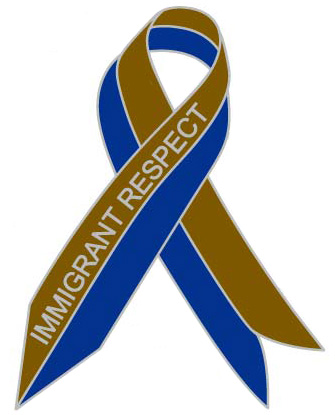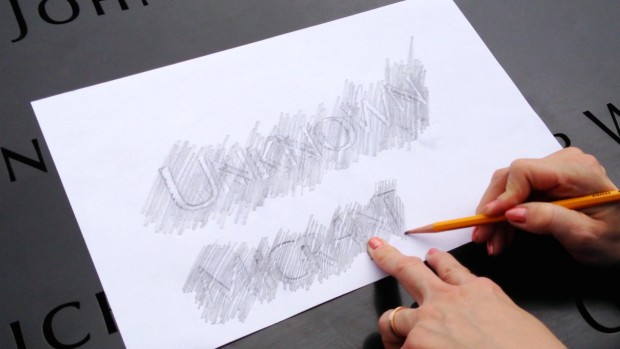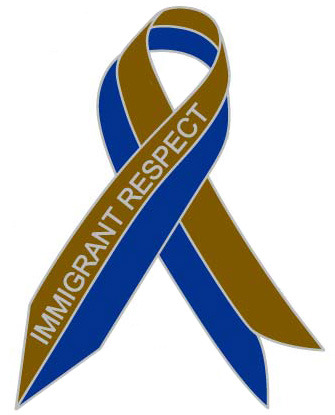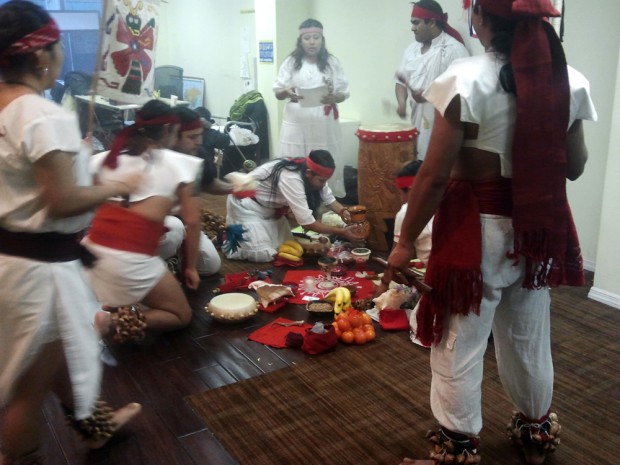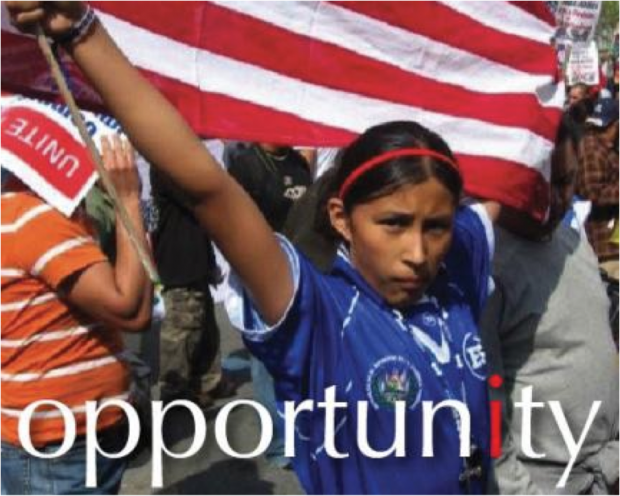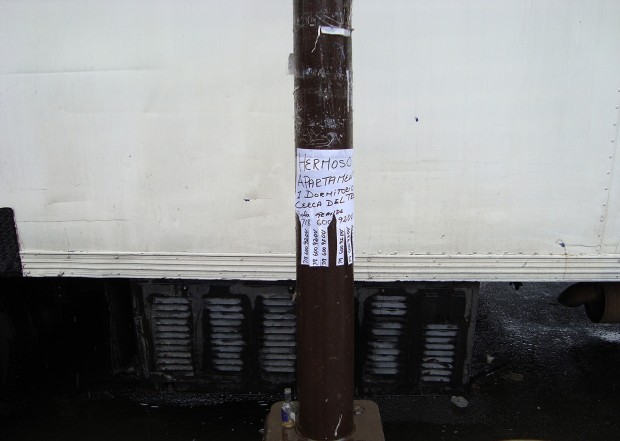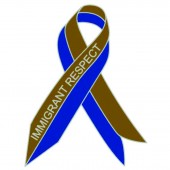“To the Unknown Migrant”
International Migrants Day, December 18
OPEN CALL
Deadline: Friday, December 7, 2012
Last year for Immigrant Movement International’s (IM International) first International Migrants Day mobilization on December 18, 2011, we asked people across the globe to develop projects related to the issues and experiences of migration, highlighting IM International’s Migrant Manifesto. More than 200 people participated in our efforts to promote immigrant respect.
This year our D18 mobilization is entitled “To the Unknown Migrant.” We are inviting migrants, artists, academics, activists, and concerned individuals across the globe to commemorate International Migrants Day at 2:00PM (your local time) by developing monuments (ephemeral, permanent, sculpture, action, sound, visual, performance, dance and other) at sites where the role of migrants in history and society have been ignored, erased, distorted, abused and forgotten. “To the Unknown Migrant” will be a worldwide collective reinterpretation of the politics and history of migration, testifying that the unfair treatment of migrants today will be our dishonor tomorrow.
We invite you to participate and encourage you to spread the word. This open call will accept all submitted projects. The deadline to be included in our website is Friday, December 7, 2012. Please send an email to united@immigrant-movement.us with “To the Unknown Migrant” as the subject line and attach the following:
1 Word document that includes:
- Name of participant(s) / Name of the group
- Contact Information
- Location of project (Specific Site, City, Country)
- Project description (250 word max)
- Links/URLs for participant websites
1 image that represents the ideas for your future D18project, if applicable:
- File must be in JPG format
- 72dpi
- 1000 pixels on the longest side
All documentation from D18 projects will be archived and displayed on the IM International website, feel free to send images, videos, audio, texts or any other form that best represents the experience of your Monument To The Unknown Migrant.
Looking forward to your creativity.
Un abrazo,
The Immigrant Movement International Team
